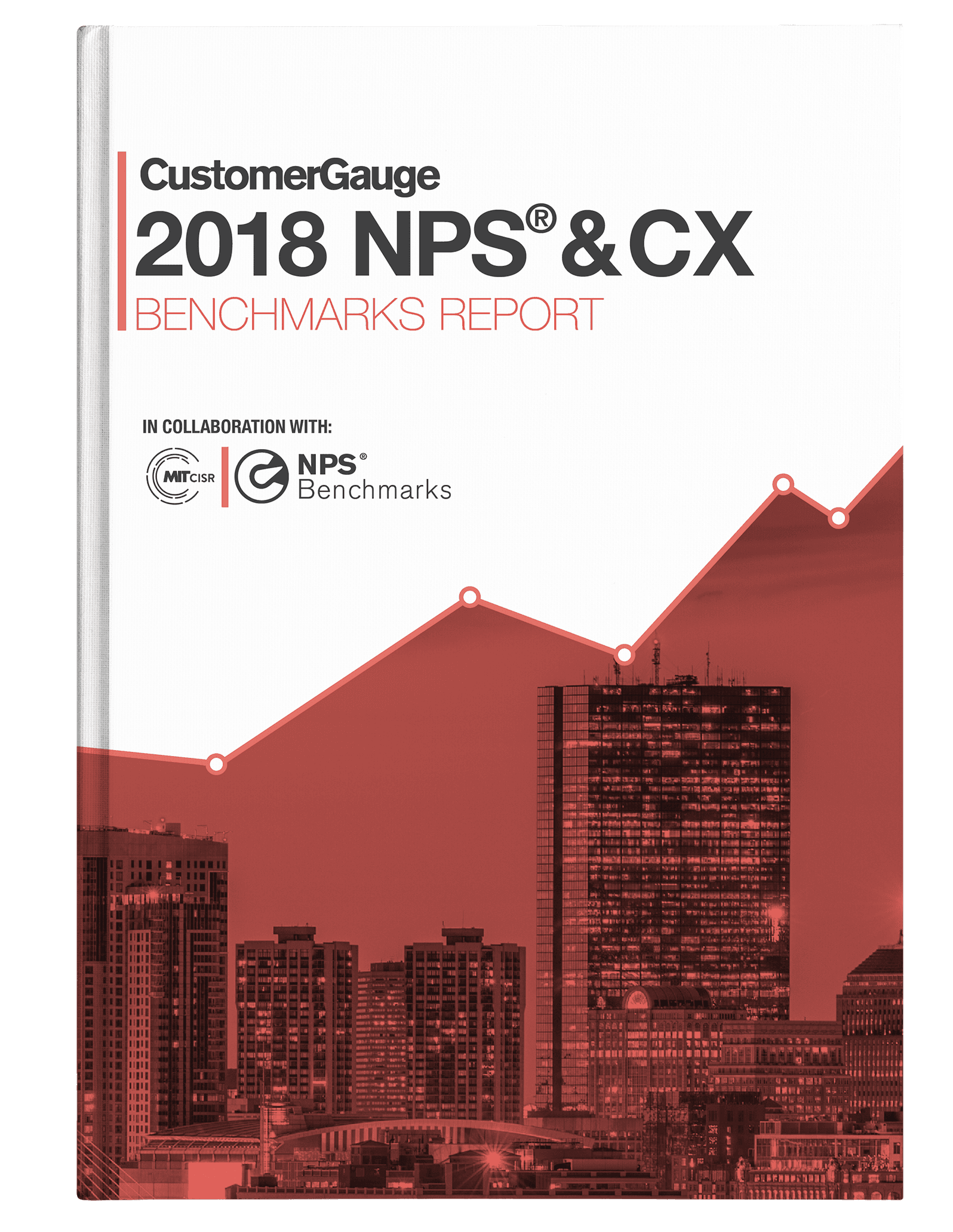Samsung: A Lesson in Customer Experience and Crisis Management
by Ian Luck
When you hear the name Samsung in 2018, you think electronics. However, that wasn’t the case when the company was founded by Lee Byung-chul in 1938. Back then, it was a trading company dealing in textiles, food processing, insurance, and retail.
In the late 1960’s, Samsung entered the electronics industry. It was there that the company’s broad success took Samsung from its Seoul-based beginnings to the global market. The company prospered developing phones and tablets in the last decade via its affiliate, Samsung Electronics. It soon became one of the world's largest information technology companies, as well consumer electronics and chip maker by revenue.
In this post we’ll discuss how Samsung managed its product crisis. Leaning on customer experience best practices and the Net Promoter System®, Samsung was able to retain a significant portion of their customer loyalty, increase revenue and rebuild trust in their brand.
Galaxy Note 7: A Customer Experience Disaster
Back in 2016 and 2017 a series of scandals rocked Samsung's brand image and marketplace: the Galaxy Note 7 debacle and the jailing of Samsung Group’s heir.
In 2016, Samsung released its latest smartphone, the Galaxy Note 7. Just a few weeks later, terrified customers rushed to their social media channels with stories and pictures of the phone catching fire, and in some cases, even exploding. The incident went viral around the world.
Although the company was quick to send out replacements, its stock lost $26 billion in value over the incident. Then, the situation worsened when the replacement phones suffered the same fate. Samsung had a problem. Not only were its customers dissatisfied with the product, they were also concerned for their safety.
Acting to Mitigate a Global Crisis
How did Samsung react to the crisis and why was it the right step? Open communication with customers on multiple channels helped Samsung close the loop on the most pertinent drivers of dissatisfaction—the Galaxy Note 7. If you’re unfamiliar with the concept, drivers represent unique touch points of a customer journey and are used in unison with the NPS question to pinpoint root cause.
Companies identify their key drivers in the second question of their NPS survey. The first question asks customers to rate their willingness to recommend the company to a friend or colleague on a scale of 0-10. This is the question that forms a business’ Net Promoter Score®.
The second question asks the customer to select their reason for the score. That way, regardless of whether a customer falls in the NPS detractor, passive, or promoter group, it is possible to accurately and scalably understand what the company needs to improve on, and what has worked well. If you want to know more about drivers, this CustomerGauge blog post is a great overview.
Surveying customers is part of the Measure stage of the NPS program. When Samsung had enough information to understand their issue, it was time to enter the second stage—Act. Acting on NPS insights involves closing the loop, or pulling together resources to resolve issues, implement new best practices, and go back to customers in order to communicate the implemented changes.
Closing the Loop at Every Level of the Organization
To close the loop on their product issue, Samsung executed two initiatives:
Round-the-clock product development. The company sequestered its employees to address the smartphone malfunction. Engineers and product developers were mobilized to address the issue of overheating.
Communication with customers. Samsung stopped claiming that “battery issues” were responsible for the extensive product call-back. Going forward, the company admitted responsibility for the malfunction and proceeded to communicate with complete transparency.
As a result, Samsung’s internal communication reached an all-time high for 120 days. Frontline managers and employees directly addressed the customers that had purchased Galaxy 7. They alleviated the customers’ frustration and engaged in an open and honest dialogue.
The company’s mid-level managers promoted new and best practices across the organization, keeping an open line of communication between departments. They also monitored the colossal product investigation in which 700 engineers tested more than 200,000 devices and 30,000 batteries. Lastly, Samsung’s top-level executives worked around the clock to oversee both external and internal support to drive the company forward.
In order to protect the remaining users of the Galaxy 7, Samsung developed a software that rendered the smartphone useless to encourage returns. Acknowledging that the smartphone was banned from most airlines, Samsung set up trade-in locations at airports to help customers get a new phone before they left the ground.
In total, the recalls, product testing, and damage control cost Samsung $5.3 billion. The company’s Net Promoter Score also took a significant hit. Prior to the Galaxy 7 crisis, Samsung had an impressive score of 67 in 2015. By 2017, that score fell by 23 points to 44. Although the damage was significant, it was not irreversible thanks to the quick response from every level of the company.
A little over a year later, Samsung successfully launched Galaxy 8 and Galaxy 9. The new and improved smartphones passed all safety regulations and were regarded as significant competitors in the mobile market. Today, Samsung’s Net Promoter Score is 47. It is three points higher and sits somewhat below the Consumer Electronics industry average of 55.
With the steady upward trajectory, Samsung is determined to grow its customer retention even further in the next few years.
According to a survey conducted by the company at the end of 2016, Samsung's customers loyalty is stronger than ever as nearly 9 out of 10 would consider the brand for their next purchase.
Samsung’s NPS Best Practices
There are many other examples that indicate that Samsung is heavily invested in its customer experience.
1. Above and beyond service
Samsung has a “done plus one” motto and outlook on customer service. This involves training and empowering frontline staff to go above and beyond with customers. Frontline employees close the loop by touching base with the customer to evaluable their performance and ensure that the issue has been resolved. In this way, they have a significant potential of converting their passive customer group into promoters.
Part of this process includes implementing automatic chatbots for customers to speak to. The bots quickly discern the problem and refer the customer to a frontline employee that is trained to address that specific issue. The representative is able to use this dialogue to identify any extra favors or services he can provide. At the end of the interaction, the problem is dealt with, and the extra effort is paid off—it’s done plus one.
With a significant return on investment, this practice clearly works. In the first quarter of 2018, Samsung Electronics declared a consolidated revenue of KRW 60.56 trillion, a 20% increase in revenue for the company overall.
2. Assistive selling
Samsung practices assistive selling as a way to engage customers. While digital sales are very popular, Samsung observed that 75% of their customer base prefers to shop in a physical store, correlating with the fact that 85% of their sales still occurred through in-store purchases.
Understanding the effectiveness of maintaining an online store, Samsung focused on perfecting the research stage in the customer journey (you can learn more about creating an omni-channel experience here). Making their product pages informative, comparable, and easy to use, Samsung drew in many customers to its website and encouraged both browsing and purchase.
Afterwards, Samsung armed its in-store sales team with tablets carrying the same information and product metrics available on their site. Having instant access to information about the products improved the customer experience even further and encouraged their employees to become subject-matter experts.
The company does so well that it sells their assistive selling technologies to other retail chains and is regarded as a thought leader on the matter.
3. Social listening
Samsung is an active participant of social listening. This is when companies tune in to social media platforms, following trends and searching for mentions of their name. Social media is a place where customers share their thoughts and feelings about a product or service (and tend to be brutally honest in the process). This is a less direct way of identifying drivers.
Samsung carefully tracks what customers are saying about its brand and uses this data, in correlation with other NPS metrics, to guide their strategies and priorities. Social listening also helps Samsung evaluate its social media performance and control the narrative.
4. NPS and Revenue: Correlating Data Metrics
As mentioned earlier, Samsung’s consolidated revenue increased by 20% in the first quarter of 2018. Behind this impressive growth are successful customer engagement strategies derived from NPS best practices.
Samsung values metrics. The company frequently sends both relationship and transactional surveys and identifies drivers in every step of their customer journey. The company prioritizes feedback and uses the information it collected to close the loop with their customers.
At the same time, Samsung correlates it’s NPS with revenue in order to understand the ROI for improving each driver. This helps the company understand which drivers will impact future growth and improves Samsung’s bottom line.
Final Thoughts
When you measure customer feedback and loyalty, you take the first step towards improving your customer experience. As a result, more customers become promoters and are likely to return, spend more on other products, and recommend the business.
Through a combination of customer loyalty and effective customer engagement, Samsung not only recovered after 2016, it was able to grow both its revenue and reputation. After the Galaxy Note 7 crisis, 63% of Samsung smartphone owners still believed that the future Samsung Galaxy S8 will be of better quality. At the same time, more than half of the respondents (56%) were still interested in buying future Samsung smartphones. Talk about the power of customer loyalty!
Samsung’s customers continued to have faith in its products, and Samsung learned the value of customer loyalty and retention. Tackling the problem head-on cost the company billions, but ultimately ensured Samsung’s survival in the highly competitive smartphone global market.
Today, Samsung continues pushing CX best practices and relies on a wide variety of collected data to influence its NPS strategy. It invests time and effort to implement NPS best practices on a company-wide level. Samsung is keen to take its competitors head-on and is currently on the right track to claiming an ample chunk of the market.
Blog Home









